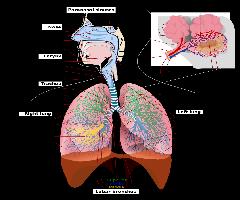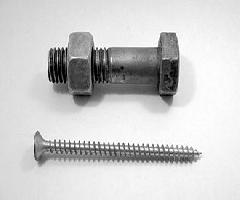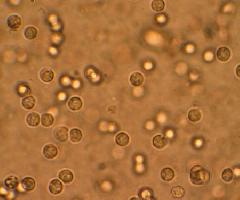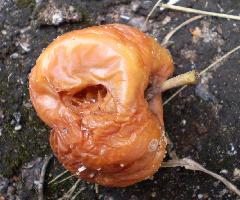Breathing is the taking of air into the lungs and forcing it out. You inhale when you take in air and exhale when you force it out. You breathe whether you are awake or sleep and will continue to do so far as long as you live. Your body breathes automatically. There are nerves from the brain that enable you to breathe without thinking about it. Sometimes you may voluntarily hold you breathe but you cannot do this for long. Breathing is a function of the respiratory system but it requires the coordinated activities of the brain and muscles.
How air is inhaled and exhaled . Breathing involves the actions of the rib muscles and the diaphragm. The diaphragm is the sheet of muscle that separates the chest cavity from the abdominal cavity of our body. When these muscles contract or relax, they make the size of the chest cavity change. How is air moved into and out of your lungs during the process of breathing?
When you inhale, your diaphragm contracts or becomes smaller. It moves downward. At the same time, your rib muscles also contract and move the rib cage upward. As a result, your chest cavity increases in size. Your lungs also increase in volume, so the air pressure inside them decreases. This decrease in pressure causes the air out side to flow into the lungs. When you exhale, your diaphragm and rib muscle relax. The
diaphragm moves upward while the rib cage moves downward. As a result, your chest cavity becomes smaller. Your lungs also decrease in volume, so the air pressure inside them increases. This increase in pressure causes air to flow from your lungs and out side your body.Path of air inside the body . When you inhale, you draw in air through your nose or through your mouth. From the nose or mouth, air goes down to the pharynx, larynx and trachea into the left or right bronchi that enter the lungs. From the bronchi, air travels to the tiny bronchioles until they reach alveoli. Air contains oxygen which the body cells need. When air reaches the alveoli, blood in the blood vessels picks up the oxygen and carries it to all the body cells. At same time, the blood releases carbon dioxide and water vapor into the alveoli.
The air that leaves the lungs carries the carbon dioxide and water from the lower respiratory tract to the upper respiratory tract and out of the body. The air that you breathe in has more oxygen than the air you exhale. On the other hand, the air that you breathe out has more carbon dioxide than the air you inhale.
note: originally posted at Exposeknowledge.com under the same author.




